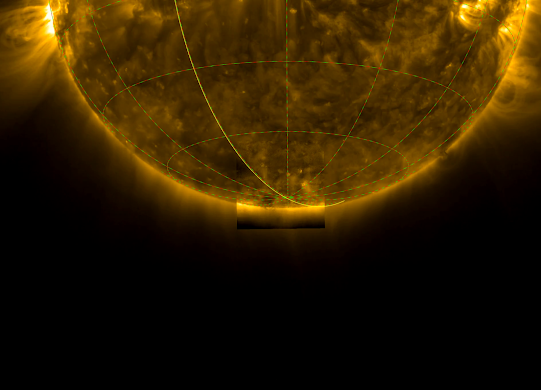'' NO ice sheets at this south pole'' : Spacecraft and specialized telescope have been studying the sun closely for decades, probing the secrets of its spots, flares and corona.
The European Space Agency recently released the first clear images of the sun's south pole, which were captured in late March by its Solar Orbiter spacecraft.
'' It's the first time ever that humanity has had an image of the poles of the sun,'' said Carole Mundell, director of science for the. European Space Agency. '' It's a wonderful achievement.''
Scientists have had vague glimpses of the sun's poles before. However, those side-on views have been akin to '' looking through grass,'' said Mathew Owens, a space physicist at the University of Reading in England, who added that it had been hard to work out what was happening at the poles and how they differed from other regions of the star.
By studying its polar extremes, scientists hope to gain new insights into the sun and how it behaves. And the best is yet to come later this year, humans will get our first images of the sun's north pole from Solar Orbiter.
The $550 million Solar Orbiter, launched on Feb 10, 2020, into an orbit that caused it to fly by Venus repeatedly.
These encounters give the spacecraft a gravitational kick, enabling it to push itself out of the plane of orbit that the planets follow around the sun and into a higher angle to view the poles.
The Publishing continues to Part [2]. The World Students Society thanks Jonathan O' Callaghan.

.png)


0 comments:
Post a Comment
Grace A Comment!